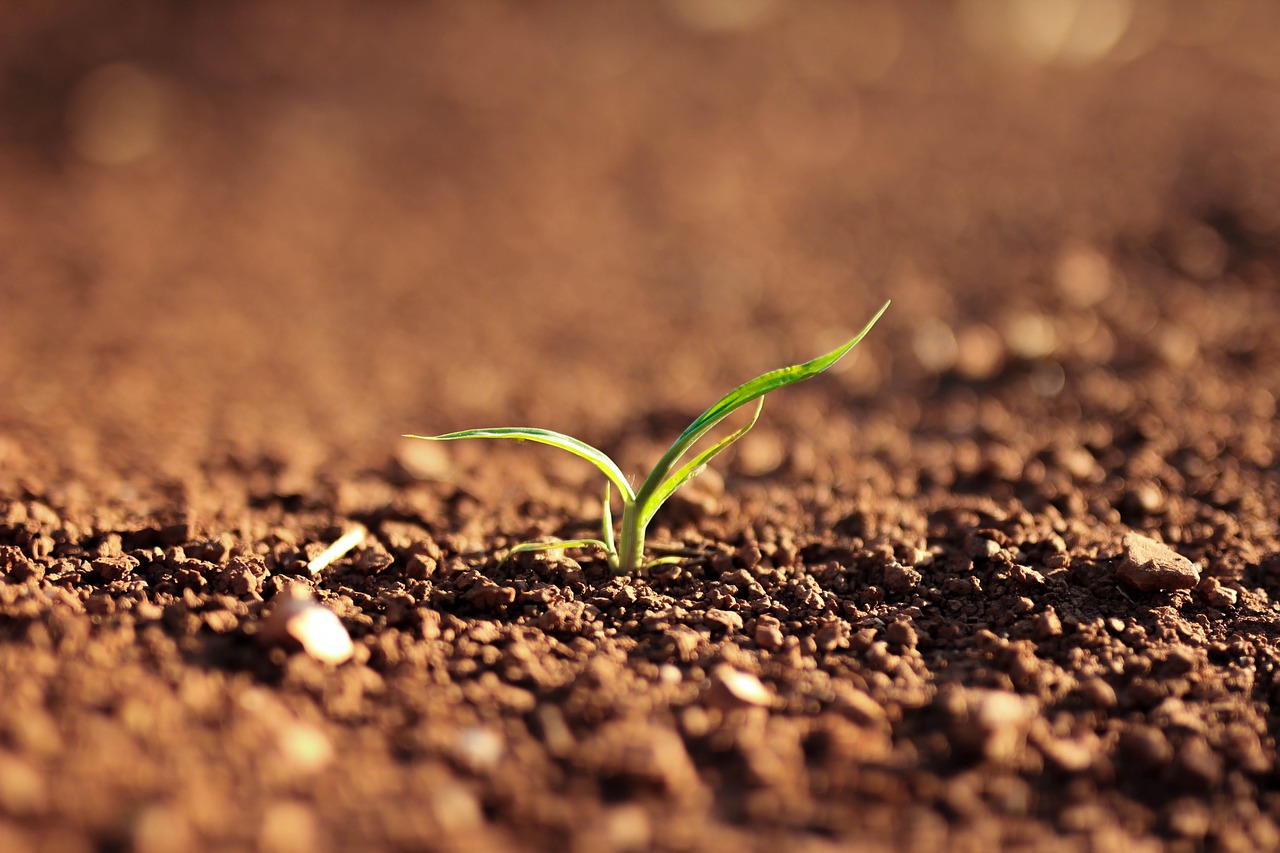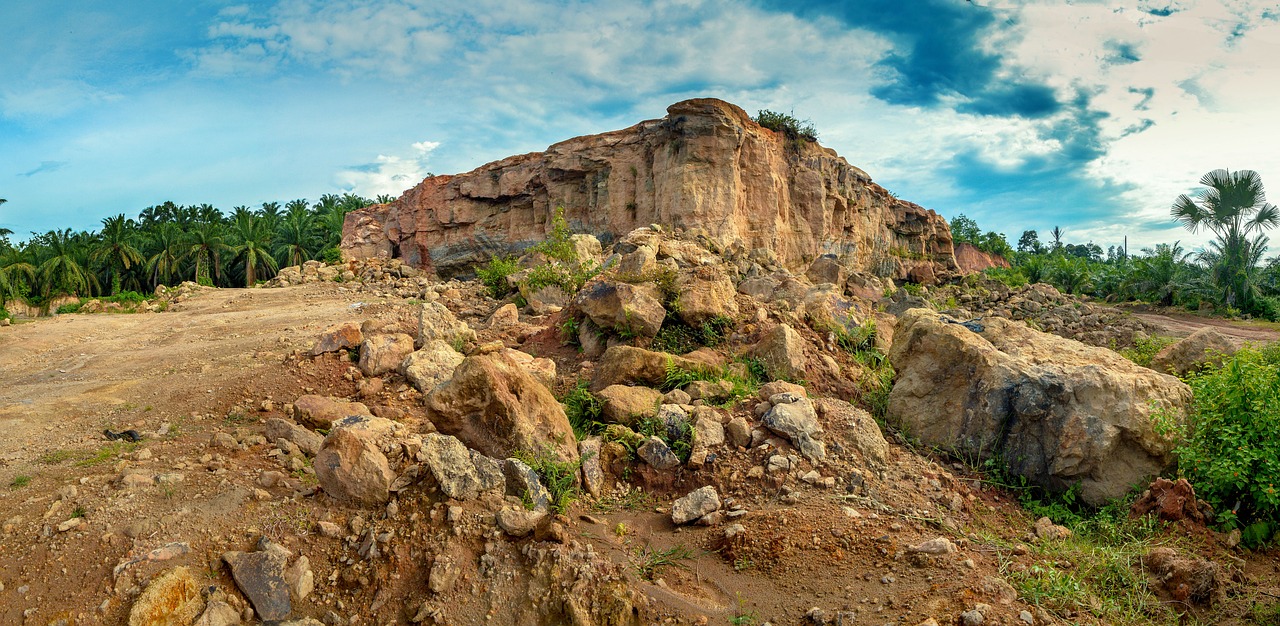What Is Soil Liquefaction?
Soil liquefaction occurs when waterlogged soil behaves like a liquid. Some people refer to it as earthquake liquefaction. The vibrations of earthquake shockwaves in water-saturated soils trigger the phenomenon.
Earthquakes are a very common origin of soil liquefaction damage, but other vibration-creating events can be a factor. This includes construction activities, such as blasting, soil compaction, and similar tasks. Sometimes, people insert a vibrating probe into the ground to induce the effect intentionally. This process is vibroflotation.
Soil liquefaction occurs most frequently in sandy, silt-laden, gravel-based, loose or poorly drained soils. Quicksand is an example of this phenomenon. The water-saturated sandy soil cannot bear the weight of items, causing them to sink.

Why Is It a Problem?
During an earthquake or other vibration in the ground, the liquid consistency of the ground cannot support objects. Buildings, bridges, trees and other objects collapse or sink into the soil. In most countries, modern building codes require builders and architects to analyze the viscosity of the soil before developing the land.
Collapsed buildings are not the only problem that liquefaction causes. Since minor earthquakes, vibrations from construction and other incidents happen frequently; soil liquefaction happens often. Some of the other problems are:
- Flotation of buried objects, such as pipelines, fuel tanks and more
- Landslides
- Lateral spreads, or landslides on gentle slopes
- Quicksand
- Sand boils, or sand volcano
- Sinkholes
How can we prevent soil liquefaction?
Since the cost of the damage by liquefaction is so high, especially in the loss of human life, researchers are testing new ways to prevent it. One of the oldest methods is replacing the loose soil with denser soil and material. This is an inefficient method, in cost or effectiveness.
Often, builders set the footings of the foundation deeper than the layer of unstable soil. Wherever possible, builders try to set the footings onto bedrock. This is especially important for bridges, dams and other building sites near water. However, this is not always practical or possible.
A newer method is vibroflotation, which is proving to be an effective prevention. Technicians insert vibrating probes into the soil at deep levels, and the trembling shakes the loose soil. The compression of the loose soil particles lessens the number of air pockets where water can settle.
Another new method includes injecting the soil with stabilizing materials. Expert geologists and geotechnical engineers are studying the effectiveness of this process. If you would like more information on this technique, the City of Boston has an article describing the process in depth.

Soil liquefaction is a global problem. Expert geologists and geotechnical engineers are seeking environmentally safe ways to prevent loss of property and life when liquefaction occurs.


vibroflotation is not a new method